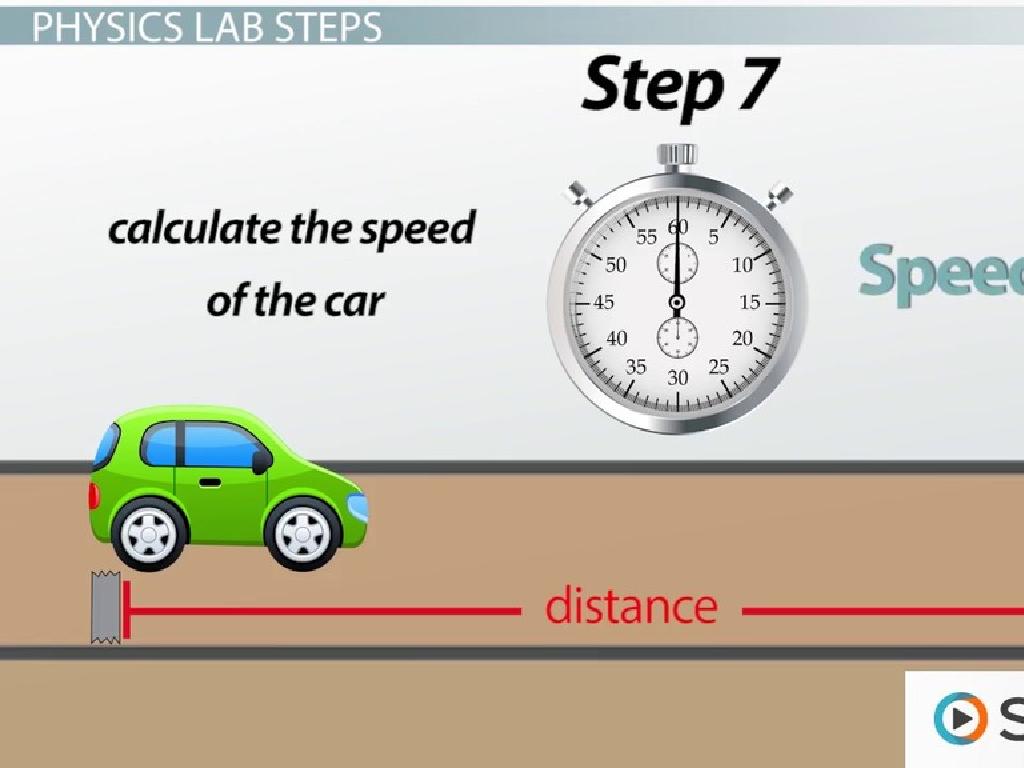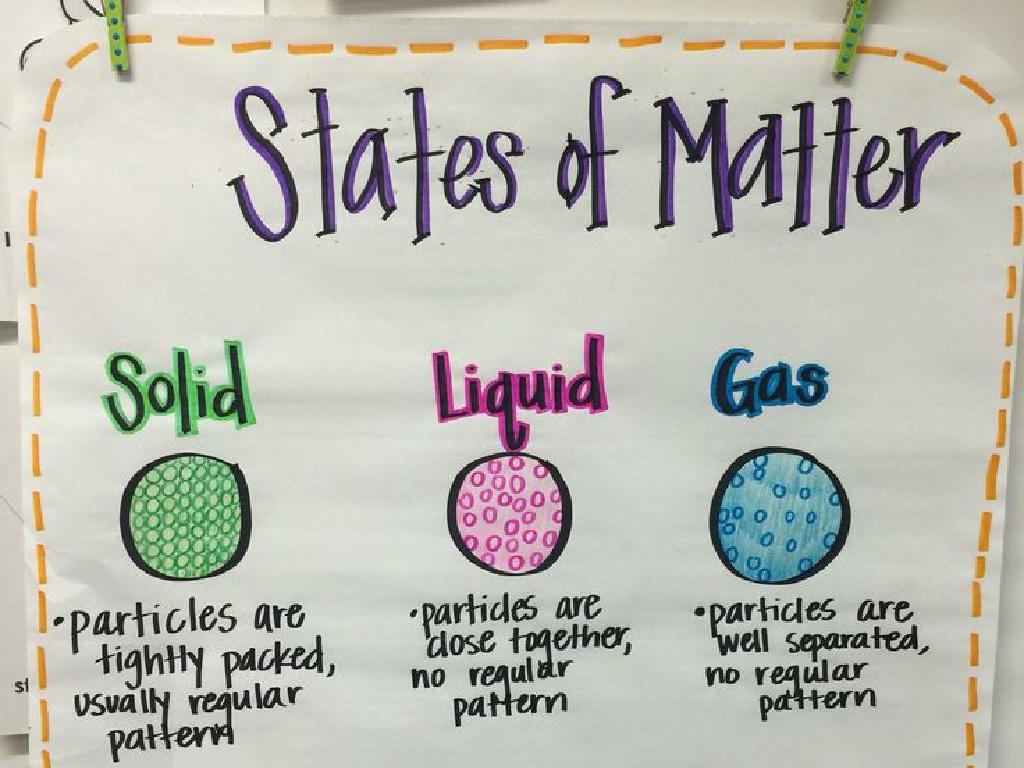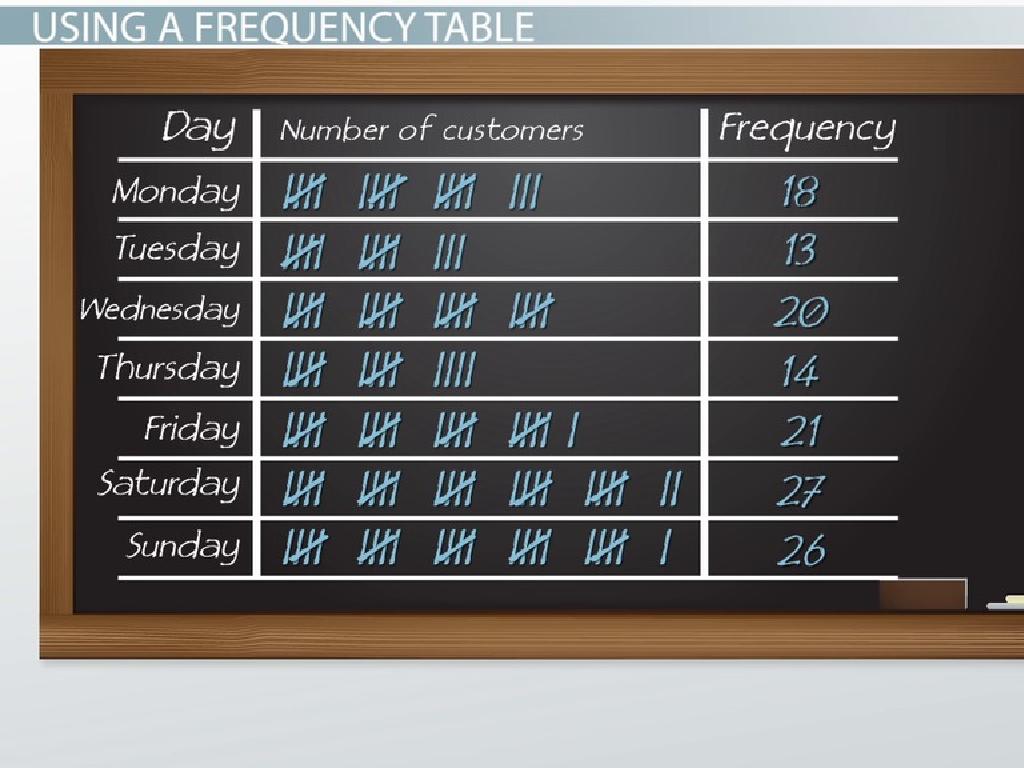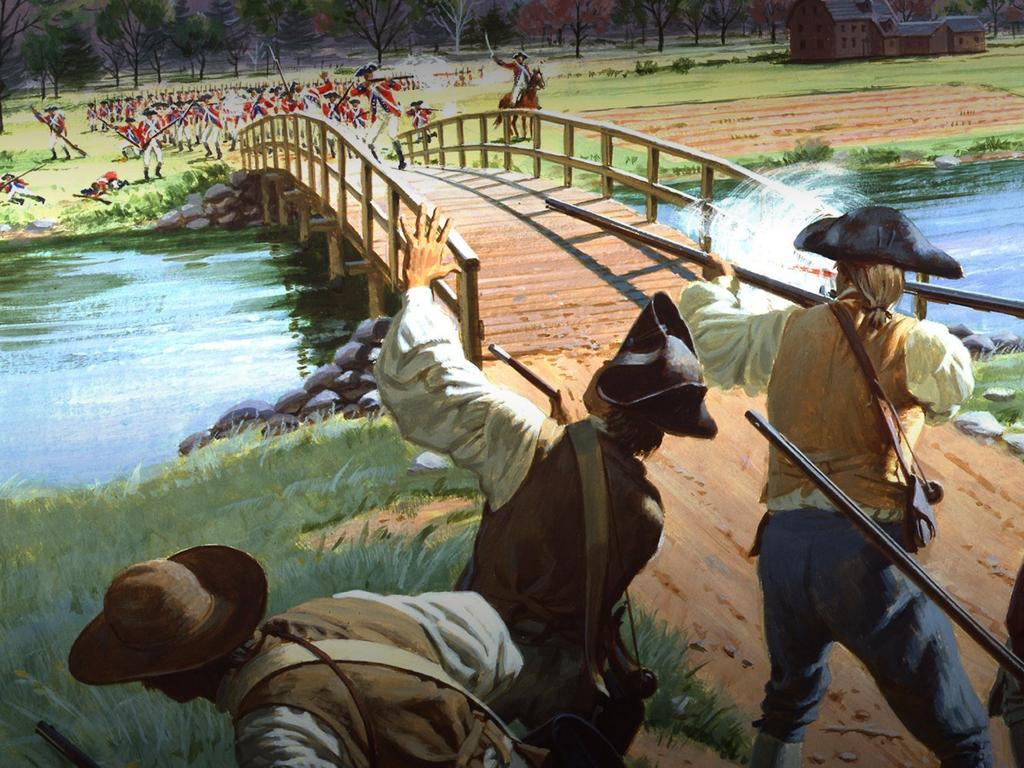The Marshall Court
Subject: Social studies
Grade: Seventh grade
Topic: The Early Republic
Please LOG IN to download the presentation. Access is available to registered users only.
View More Content
The Marshall Court: Shaping the Judicial Branch
– Explore The Early Republic era
– Focus on The Marshall Court
– Learn about Chief Justice John Marshall’s influence
– Judicial branch’s early role
– How the judicial branch balanced power with other branches
– Significance of court decisions
– Court decisions established judicial review and federal law supremacy
|
This slide introduces students to The Early Republic, a pivotal time in American history, with a focus on The Marshall Court. Emphasize the role of Chief Justice John Marshall in establishing the judiciary as a co-equal branch of government. Discuss key concepts such as judicial review and the supremacy of federal laws, which were cemented by landmark decisions during this era. Encourage students to consider how these early court decisions continue to impact the U.S. legal system today. Prepare to delve into specific cases in subsequent lessons that highlight the court’s role in shaping the nation.
John Marshall: Architect of the American Legal System
– John Marshall: 4th Chief Justice
– Served as Chief Justice from 1801 to 1835
– Early life and government role
– Influential leader in the early U.S. government
– Marshall’s constitutional contributions
– Strengthened the role of the Supreme Court
– Significance to the U.S. legal system
– His decisions shaped the interpretation of the Constitution
|
John Marshall, the fourth Chief Justice of the United States, served from 1801 to 1835 and played a pivotal role in the development of the American legal system. His early life included significant roles in the government, contributing to the shaping of the nation. Marshall’s most notable contribution was his influence on the U.S. Constitution through his Supreme Court decisions, which established the principles of federalism and the judiciary’s role in interpreting the law. His tenure solidified the importance of the Supreme Court in American society, making it a co-equal branch of government. This slide will introduce students to Marshall’s legacy and the lasting impact of his work on the U.S. legal system.
The Role of the Supreme Court
– What is the Supreme Court?
– The highest federal court in the U.S.
– Its place in U.S. government
– Part of the Judicial Branch, interpreting laws
– Impact on citizens’ lives
– Decisions influence rights and laws
– Case studies: Key decisions
– E.g., Marbury v. Madison established judicial review
|
This slide introduces students to the Supreme Court, the pinnacle of the judicial branch in the United States. It’s crucial to explain the court’s role in interpreting the Constitution and how its decisions can have far-reaching effects on American society and the daily lives of citizens. Discuss the concept of judicial review and its establishment through the landmark case Marbury v. Madison. This case illustrates the power of the Supreme Court to evaluate and invalidate laws that are not consistent with the Constitution. Encourage students to think about how the Supreme Court’s decisions have shaped the country and to consider current events that may be influenced by the Court’s rulings.
Landmark Cases of the Marshall Court
– Marbury v. Madison: Judicial Review
– Established the court’s power to declare laws unconstitutional
– McCulloch v. Maryland: Federal Power
– Confirmed federal authority over states, allowing a national bank
– Gibbons v. Ogden: Interstate Commerce
– Clarified federal control over interstate trade
|
This slide highlights three significant cases ruled by the Marshall Court that helped define the power of the federal government and the judicial branch. Marbury v. Madison established the principle of judicial review, allowing the Supreme Court to invalidate laws that are contrary to the Constitution. McCulloch v. Maryland reinforced federal power by ruling that states couldn’t tax the national bank, promoting a stronger centralized government. Gibbons v. Ogden expanded federal control to include regulation of interstate commerce. These cases collectively contributed to the foundation of constitutional law in the United States and are essential for students to understand the development of our government’s structure and the balance of power.
Marbury v. Madison – Judicial Review
– Conflict: Marbury vs. Madison
– Marbury’s commission was not delivered by Madison
– Supreme Court’s landmark decision
– The court ruled it couldn’t force Madison to deliver the commission
– Impact of the court’s decision
– The decision strengthened the power of the judicial branch
– Establishment of judicial review
– The case set a precedent allowing courts to nullify laws if deemed unconstitutional
|
This slide delves into the Marbury v. Madison case, a cornerstone of the American legal system. The conflict arose when William Marbury’s commission as a justice of the peace was withheld by Secretary of State James Madison. The Supreme Court, led by Chief Justice John Marshall, ultimately decided it did not have the authority to compel Madison to deliver the commission, thus declining Marbury’s request. This decision was pivotal as it established the principle of judicial review, giving the courts the power to strike down laws, statutes, and some government actions that violate the Constitution. This case is a fundamental example of the checks and balances system in the U.S. government and underscores the power of the judicial branch. Encourage students to consider the implications of this case on the balance of power within the government and how it affects the laws that govern our society.
McCulloch v. Maryland: National vs. Federal Power
– The National Bank debate
– Was the National Bank constitutional?
– Supreme Court’s decision
– The Court ruled federal laws trump state laws
– State vs. federal authority
– This case clarified the balance of power
– Role of the Necessary and Proper Clause
– Clause allows Congress to pass laws needed to carry out its powers
|
This slide delves into the landmark Supreme Court case McCulloch v. Maryland, which centered around the debate over the constitutionality of the National Bank and the balance of power between state and federal governments. The Supreme Court’s ruling reinforced the supremacy of federal laws over state laws, setting a precedent for the authority of the federal government. The Necessary and Proper Clause, also known as the Elastic Clause, was pivotal in the Court’s decision, affirming that Congress has the power to establish a national bank as it is a ‘necessary and proper’ means to carry out its enumerated powers. This case is a cornerstone in understanding federalism and the expansion of federal legislative power. Encourage students to consider how this case still impacts the interpretation of federal power today.
Gibbons v. Ogden: Interstate Commerce
– Steamboat operators’ competition
– Gibbons and Ogden’s rivalry on waterways
– Supreme Court’s decision on commerce
– Ruled only federal government can regulate interstate commerce
– Federal power over interstate trade
– Affirmed federal authority, limiting states’ power
– Impact on commerce regulation
– Set precedent for future commerce cases
|
This slide delves into the landmark case Gibbons v. Ogden, which addressed the issue of interstate commerce. The case arose from a dispute between two steamboat operators, which led to the Supreme Court’s decision that the federal government has the sole power to regulate interstate commerce. This ruling significantly expanded federal authority, reducing the states’ power to regulate trade within their borders. The case set a precedent for the federal regulation of commerce and has had lasting implications for the balance of power between state and federal governments. Discuss the importance of this case in shaping the federal government’s role in economic matters and its impact on the concept of federalism.
The Legacy of the Marshall Court
– Strengthened federal power
– The Marshall Court expanded the power of the federal government over the states.
– Ensured national law supremacy
– National laws were affirmed as the ‘supreme law of the land’, overriding state laws when in conflict.
– Shaped U.S. legal system future
– The decisions made have had a lasting impact on the interpretation of the Constitution and the structure of American law.
|
This slide aims to summarize the significant impact of the Marshall Court on the American legal and political system. Under Chief Justice John Marshall, the Supreme Court established the principle of judicial review and consistently ruled in ways that reinforced the power of the federal government. The court’s decisions during this era ensured that national laws would have precedence over state laws, which was crucial in maintaining a unified legal system. The precedents set by the Marshall Court have continued to influence the interpretation of the Constitution and the balance of power between the federal government and the states. Students should understand the lasting implications of these landmark cases and how they have shaped the nation’s history.
Class Activity: Mock Supreme Court
– Divide into role-specific groups
– Reenact a landmark case
– Assume roles of justices, lawyers, or parties involved in a case
– Discuss case outcomes
– Reflect on their significance
– Consider how these cases shaped American law and society
|
This activity is designed to give students a hands-on experience with the judicial process and the impact of the Marshall Court. Divide the class into small groups, assigning each the roles of justices, lawyers, and parties involved in a landmark Supreme Court case. Provide a brief overview of the case and let each group prepare their arguments. After the reenactment, lead a discussion on the outcomes of the cases and their significance in American history. Possible cases for reenactment include Marbury v. Madison, McCulloch v. Maryland, or Gibbons v. Ogden. This will help students understand the role of the Supreme Court in interpreting the Constitution and how it can affect the lives of American citizens.






